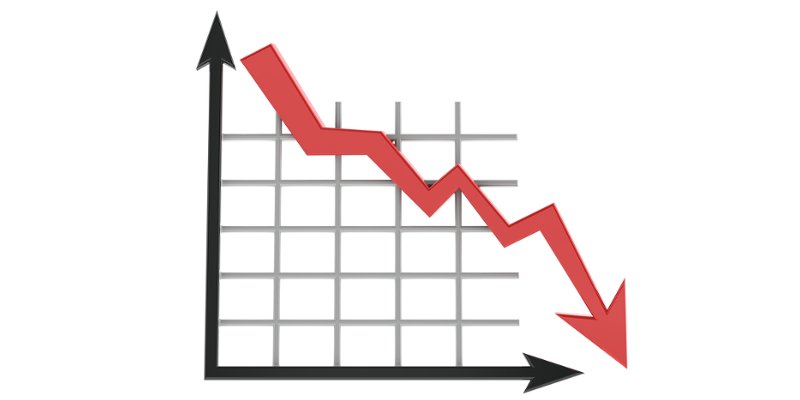The firms that contribute to Bridging Trends reported that gross lending had dropped to £142.75m.

Bridging volumes fell by 4.9% in Q3 but remain some 2% higher than last year, data from Bridging Trends has shown.
The firms that contribute to Bridging Trends reported that gross lending had dropped to £142.75m
The split between first charge and second charge lending stood at 82% and 18% respectively indicating consistent investment in residential properties-to-let.
And Joshua Elash, director at MTF, said in regards to unregulated bridging continuing to dominate the landscape: “The implementation of the Prudential Regulatory Authority’s rules relating to the treatment of portfolio landlords means this upward trend is likely to continue for the foreseeable future.
“Increasingly larger number of professional property investors will consider bridging finance when purchasing a new property which they otherwise intend to refurbish and sell.”
Chris Whitney, head of specialist lending at Enness Private Clients, added: “I think when you keep in mind the fact that this was over the summer holiday, a drop of only about 5% in lending volumes compared to the last quarter is actually quite impressive.
“I was surprised the average interest rate hadn’t fallen further than it has. We have seen pricing under quite a bit of downward pressure as certain lenders fight to increase market share and protect what they already have from new entrants.”
Additionally the data found that mortgage delays were the most popular reason for taking a bridging loan and the average duration of a loan stood at 12 months.
Average LTV levels reached almost 50% with the average monthly interest rate across first and second charge lending decreasing to 0.82% from 0.84%.


